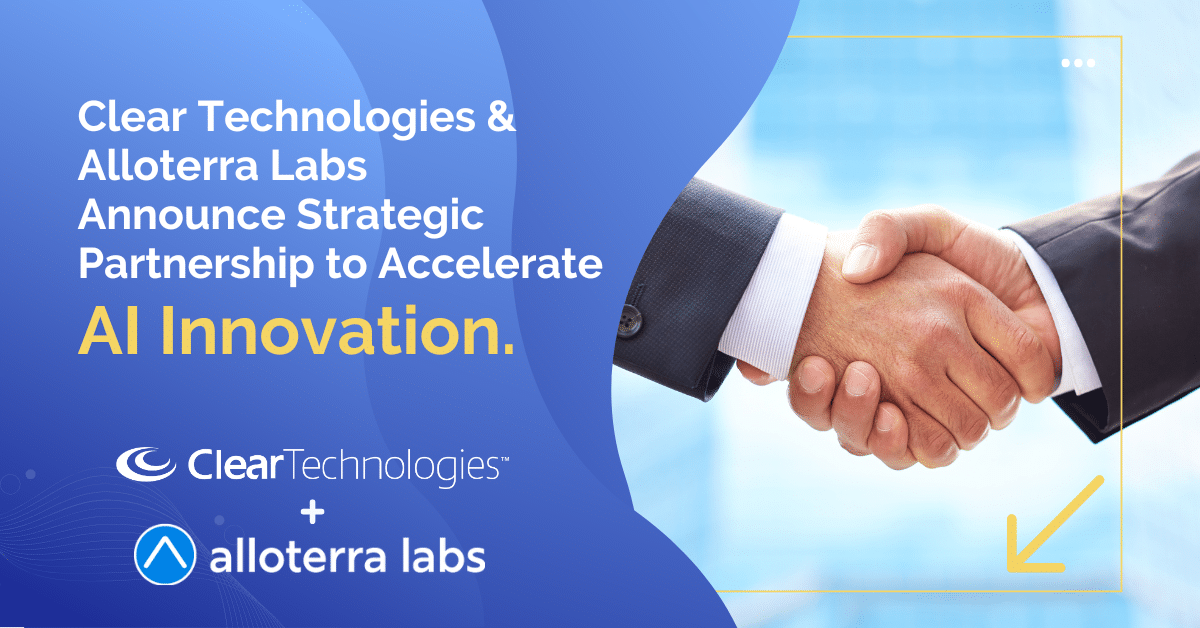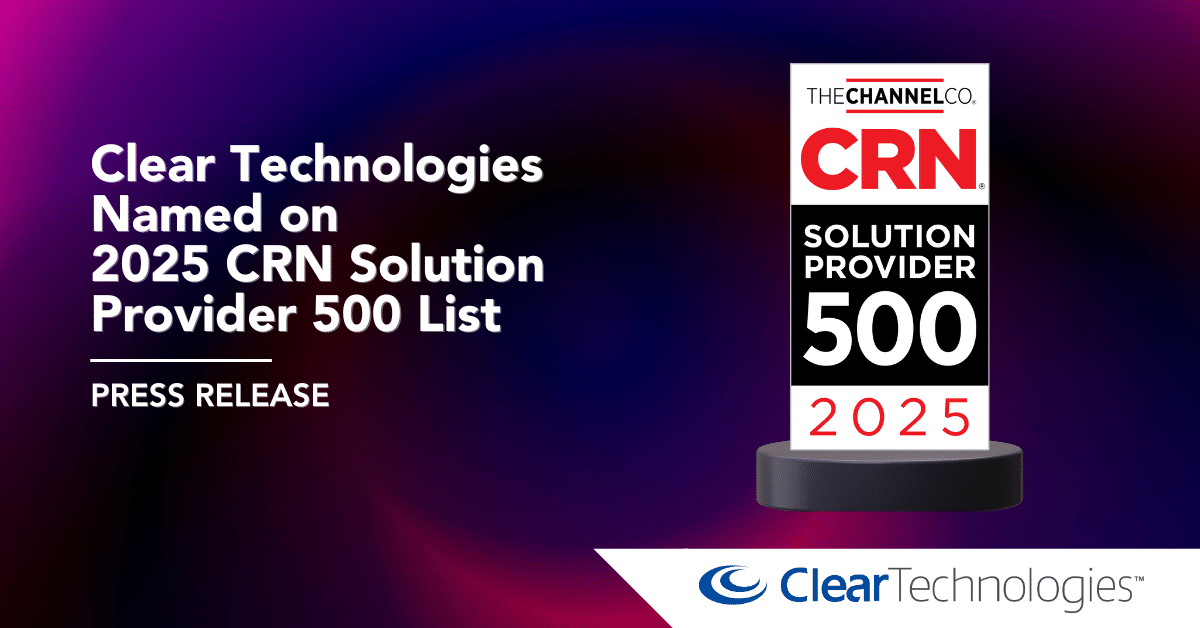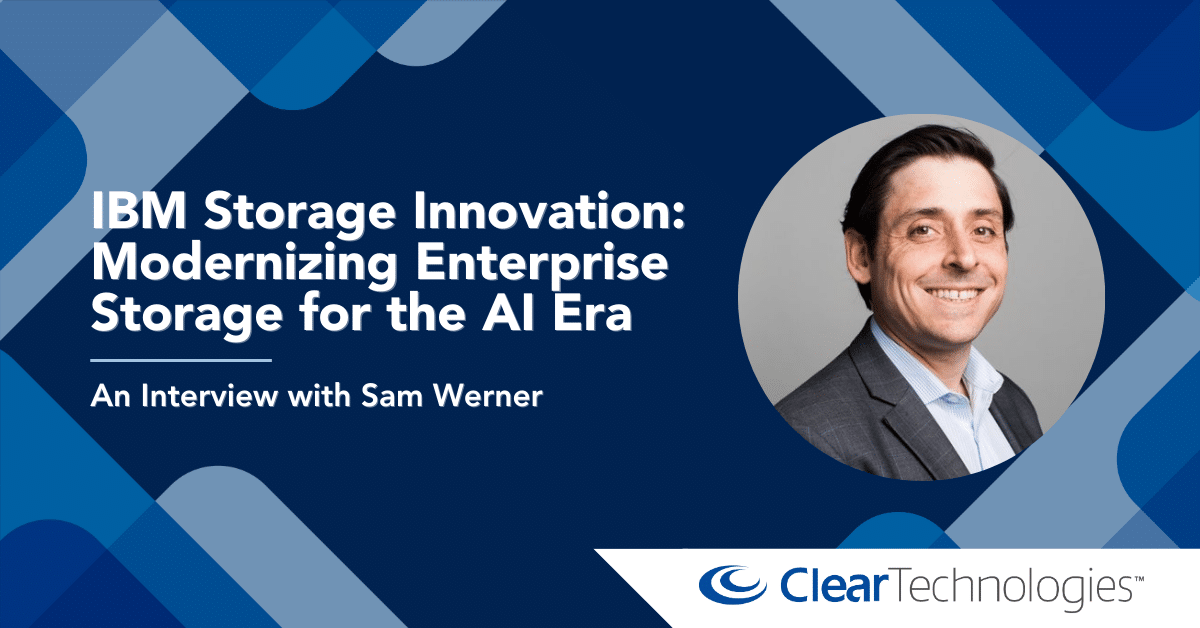Share this:
Posted in:
Clear Intelligence[fusion_builder_container type=”flex” hundred_percent=”no” hundred_percent_height=”no” min_height=”” hundred_percent_height_scroll=”no” align_content=”stretch” flex_align_items=”flex-start” flex_justify_content=”flex-start” flex_column_spacing=”” hundred_percent_height_center_content=”yes” equal_height_columns=”no” container_tag=”div” menu_anchor=”” hide_on_mobile=”small-visibility,medium-visibility,large-visibility” status=”published” publish_date=”” class=”” id=”” link_color=”” link_hover_color=”” border_sizes=”” border_sizes_top=”” border_sizes_right=”” border_sizes_bottom=”” border_sizes_left=”” border_color=”” border_style=”solid” spacing_medium=”” margin_top_medium=”” margin_bottom_medium=”” spacing_small=”” margin_top_small=”” margin_bottom_small=”” margin_top=”” margin_bottom=”” padding_dimensions_medium=”” padding_top_medium=”” padding_right_medium=”” padding_bottom_medium=”” padding_left_medium=”” padding_dimensions_small=”” padding_top_small=”” padding_right_small=”” padding_bottom_small=”” padding_left_small=”” padding_top=”” padding_right=”” padding_bottom=”” padding_left=”” box_shadow=”no” box_shadow_vertical=”” box_shadow_horizontal=”” box_shadow_blur=”0″ box_shadow_spread=”0″ box_shadow_color=”” box_shadow_style=”” z_index=”” overflow=”” gradient_start_color=”” gradient_end_color=”” gradient_start_position=”0″ gradient_end_position=”100″ gradient_type=”linear” radial_direction=”center center” linear_angle=”180″ background_color=”” background_image=”” background_position=”center center” background_repeat=”no-repeat” fade=”no” background_parallax=”none” enable_mobile=”no” parallax_speed=”0.3″ background_blend_mode=”none” video_mp4=”” video_webm=”” video_ogv=”” video_url=”” video_aspect_ratio=”16:9″ video_loop=”yes” video_mute=”yes” video_preview_image=”” absolute=”off” absolute_devices=”small,medium,large” sticky=”off” sticky_devices=”small-visibility,medium-visibility,large-visibility” sticky_background_color=”” sticky_height=”” sticky_offset=”” sticky_transition_offset=”0″ scroll_offset=”0″ animation_type=”” animation_direction=”left” animation_speed=”0.3″ animation_offset=”” filter_hue=”0″ filter_saturation=”100″ filter_brightness=”100″ filter_contrast=”100″ filter_invert=”0″ filter_sepia=”0″ filter_opacity=”100″ filter_blur=”0″ filter_hue_hover=”0″ filter_saturation_hover=”100″ filter_brightness_hover=”100″ filter_contrast_hover=”100″ filter_invert_hover=”0″ filter_sepia_hover=”0″ filter_opacity_hover=”100″ filter_blur_hover=”0″][fusion_builder_row][fusion_builder_column type=”1_1″ layout=”1_1″ align_self=”auto” content_layout=”column” align_content=”flex-start” content_wrap=”wrap” spacing=”” center_content=”no” link=”” target=”_self” min_height=”” hide_on_mobile=”small-visibility,medium-visibility,large-visibility” sticky_display=”normal,sticky” class=”” id=”” type_medium=”” type_small=”” order_medium=”0″ order_small=”0″ dimension_spacing_medium=”” dimension_spacing_small=”” dimension_spacing=”” dimension_margin_medium=”” dimension_margin_small=”” margin_top=”” margin_bottom=”” padding_medium=”” padding_small=”” padding_top=”” padding_right=”” padding_bottom=”” padding_left=”” hover_type=”none” border_sizes=”” border_color=”” border_style=”solid” border_radius=”” box_shadow=”no” dimension_box_shadow=”” box_shadow_blur=”0″ box_shadow_spread=”0″ box_shadow_color=”” box_shadow_style=”” background_type=”single” gradient_start_color=”” gradient_end_color=”” gradient_start_position=”0″ gradient_end_position=”100″ gradient_type=”linear” radial_direction=”center center” linear_angle=”180″ background_color=”” background_image=”” background_image_id=”” background_position=”left top” background_repeat=”no-repeat” background_blend_mode=”none” animation_type=”” animation_direction=”left” animation_speed=”0.3″ animation_offset=”” filter_type=”regular” filter_hue=”0″ filter_saturation=”100″ filter_brightness=”100″ filter_contrast=”100″ filter_invert=”0″ filter_sepia=”0″ filter_opacity=”100″ filter_blur=”0″ filter_hue_hover=”0″ filter_saturation_hover=”100″ filter_brightness_hover=”100″ filter_contrast_hover=”100″ filter_invert_hover=”0″ filter_sepia_hover=”0″ filter_opacity_hover=”100″ filter_blur_hover=”0″ last=”true” border_position=”all” type=”1_1″ first=”true”][fusion_text columns=”” column_min_width=”” column_spacing=”” rule_style=”default” rule_size=”” rule_color=”” content_alignment_medium=”” content_alignment_small=”” content_alignment=”” hide_on_mobile=”small-visibility,medium-visibility,large-visibility” sticky_display=”normal,sticky” class=”” id=”” font_size=”” fusion_font_family_text_font=”” fusion_font_variant_text_font=”” line_height=”” letter_spacing=”” text_color=”” animation_type=”” animation_direction=”left” animation_speed=”0.3″ animation_offset=””]
The following contains excerpts from “The Artificial Intelligence Effect On Industrial Products” by IBM
A small group of out performers in the industrial products industry is using AI/cognitive to help deliver on the promise of Industry 4.0.
Using AI to unlock the hidden insights in industrial products data
The industrial products industry is awash with data. Instrumentation, sensors, machinery, automation systems, production and operation, maintenance records, and health and safety applications collectively produce a constant flow of data. Industrial products enterprises need technology that supports the vertical delivery of insightful data throughout the organization, both to meet consumer needs and to aim for continuous process improvement. In this report, financial outperformers share their AI successes.
The global industrial products challenge
Organizations in the global industrial products industry face significant cost pressures, increased regulations, disruptive technologies, and the increasingly costly delivery of raw resources.
High volatility in commodity prices has put severe pressure on company margins and can quickly expose inefficient operations. Processes, workflows, and the understanding of performance are dramatically changing. Operations can no longer work in linear execution, or in isolation of other functional work streams such as engineering, maintenance, and planning. Instead, the value chain needs to perform as an integrated whole to support the fluctuating demand cycles and higher cost supply activities.
New AI technologies have the capacity to make sense of the abundance of data through systems that can adapt and learn. By expanding digital intelligence adoption, AI technologies can help executives translate data into insights to drive greater innovation, and better operational and financial decisions.
To understand how organizations can better plan for AI adoption, the IBM Institute for Business Value (IBV), in collaboration with Oxford Economics, surveyed more than 6,000 C-suite members and heads of functions worldwide—including 300 industrial products respondents. The goal was to better understand their considerations, expectations, and objectives in applying AI solutions to the most pressing business challenges and opportunities.
This report explores how industrial products executives perceive the readiness of the technology, the industry, and their organizations for AI adoption. It identifies how companies are currently applying AI and their plans in the next few years. We also identified a select group of outperformers that are ahead of others in AI adoption and examined what they’re doing differently compared to similar organizations.
Why AI and why now?
AI enables organizations to synthesize vast amounts of structured and unstructured data, query results in natural language, and apply machine-learning capabilities to data analysis. Together, these capabilities can significantly enhance insights, efficiency, and speed. Industrial products companies are at a critical inflection point in their adoption of AI. Surveyed executives recognize that the technology is market-ready, and well over half say the industry and organizations are ready to adopt it.
So where do industrial products organizations specifically want to invest in AI? Each of these three priorities presents significant opportunities to improve efficiency and decision making.
• For quality control, AI systems can analyze data from raw materials, production lines, finished products, maintenance records, and customer complaints to identify causal factors that led to quality problems.
• In production operations, AI systems can continuously learn from process data and actions taken by top-line operators. Similarly, it helps predict and identify impacts and recommend actions to improve production.
• For machine maintenance, AI can identify anomalies, assess their criticality, determine the root cause, and help maintenance technicians correctly perform the repair the first time.
Industrial products leaders gain value from AI
How can enterprises capitalize on new AI capabilities? To help answer this question, we analyzed the survey responses and identified a small group of industrial products outperformers, consisting of 12 percent of our study.
This group self-reported that it significantly outperformed revenue compared to competitors over the past three years, and was significantly more efficient and profitable.
What do these outperformers do differently?
They use data to glean insight, and are confident their organizations are ready for an AI future. Over seven out of ten of these leaders strongly agree that their organization is ready to adopt AI, compared to two out of ten of all other respondents.
Given the potential benefits, not surprisingly, a number of industrial products outperformers have already begun to adopt AI—nearly two thirds (64 percent) versus only 32 percent of all others surveyed.
By examining these leaders, other organizations can understand the need to take action in the AI era. They can then begin to:
• Build an AI data foundation
• Focus on new skills
• Create a new level of intelligence
[/fusion_text][/fusion_builder_column][/fusion_builder_row][/fusion_builder_container]



